ROY - Several VIPs got the wrong date for their own homecoming party.
More than 50 members of local communities, the Nisqually Tribe and Joint Base Lewis-McChord gathered for the annual Roy Salmon Homecoming on the banks of Muck Creek Saturday at the Roy City Park to celebrate their recovery accomplishments and welcome back spawning Chum salmon.
But the fish had shown up weeks earlier, said Jeanette Dorner, the Nisqually Salmon Recovery Program manager who has been at every event since the festivities began in 1999.
"That year there were a lot of fish in the creek while we were having the party," Dorner recalled. "This year, there's not so many now. They came a little early ... so we missed them."
Yet the homecoming attendees didn't seem to mind the lack of fish.
Heads bowed in prayer as Nisqually Tribal Elder Bob Sison offered a traditional Nisqually blessing to kick off the festivities.
"We pray, Heavenly Father, that you bring the salmon back strong this year," Sison said as he fanned a bowl of burning sage with a handful of long feathers, "for this is our living; this is our strength."
After the ceremony, people visited interpretive displays, ate smoked salmon and scanned the creek waters for any sign of the fish.
Lieutenant Colonel Jason Denney, the 555th Engineer Brigade executive officer, represented JBLM at the event.
"What we have here is a real success story, and Joint Base Lewis-McChord is really proud to be part of (it)," Denney said. "Bringing the fish back to Muck Creek is a huge challenge."
For more than 30 years, JBLM has worked with the Nisqually Tribe and local volunteers on habitat restoration at the creek, he said.
"We fully understand the need to be good stewards of the land and water resources today so our Soldiers and Airmen have access to these lands to train for future missions," he said.
Every Sunday morning, a group from the Nisqually Tribe visits a section of Muck Creek on JBLM that runs through Training Area 13.
"We have an incredible relationship with (Joint Base Lewis-McChord)," Dorner said, "... we have an agreement with their range control that on Sunday mornings, they shut down the entire range for us so that it's safe for our crew to go in, take a look at the creek, count the fish and then get back out again."
These counts help the tribe keep track of salmon trends throughout the year.
According to JBLM Fish and Wildlife Biologist Todd Zuchowski, returning Chum only make it halfway up the 14-mile stretch of Muck Creek that runs through the base.
"Historically, salmon made it up past (Highway) 507, but in recent years, they've only made it up to Johnson marsh," Zuchowski said. "We're working on habitat restoration east of 507 to try to supplement whatever the cause is for them not to make it up there. There's good spawning habitat up here, we've just got to get them up here."
Zuchowski said most of his resources are put toward invasive plant removal. Noxious weeds like reed canary grass take over the creek's gravely bottom where the salmon would typically spawn.
"I hate to say it, but (they're) high maintenance," he said. "That's the problem with invasive weeds. (They're) time-consuming, and money consuming, but if we let everything go, (they) would take over."
The biologist is extra passionate about his work because Muck Creek plays a significant role for returning Chum.
"It's the last running Chum run in the whole Puget Sound and it's specific because this particular run comes right back to Muck Creek," he said.
"There are Chum runs that run earlier into different tributaries, but this particular one is the last one of the whole year."
This year, Nisqually officials estimate there will be 3,000 to 4,500 total fish in the Muck system.
"I'm sure that we're going to leave something for generations to come," said Georgiana Kautz, the Nisqually Tribal Council natural resources manager, "and hopefully, that's a lot of salmon."
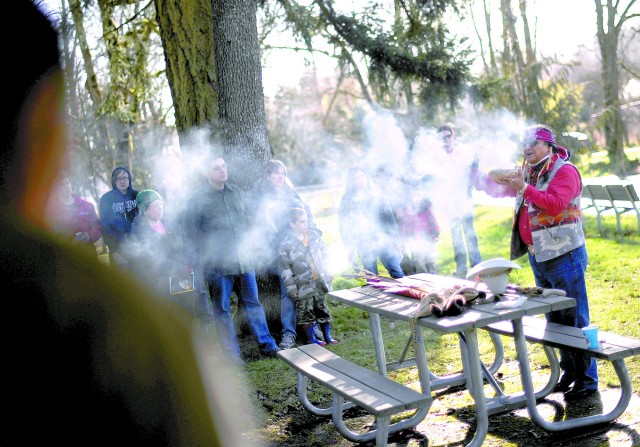
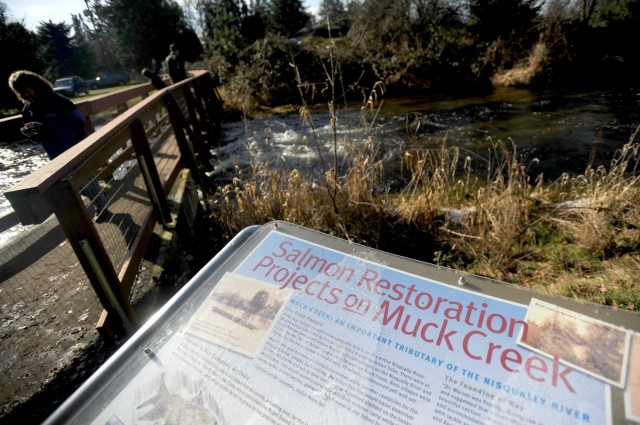
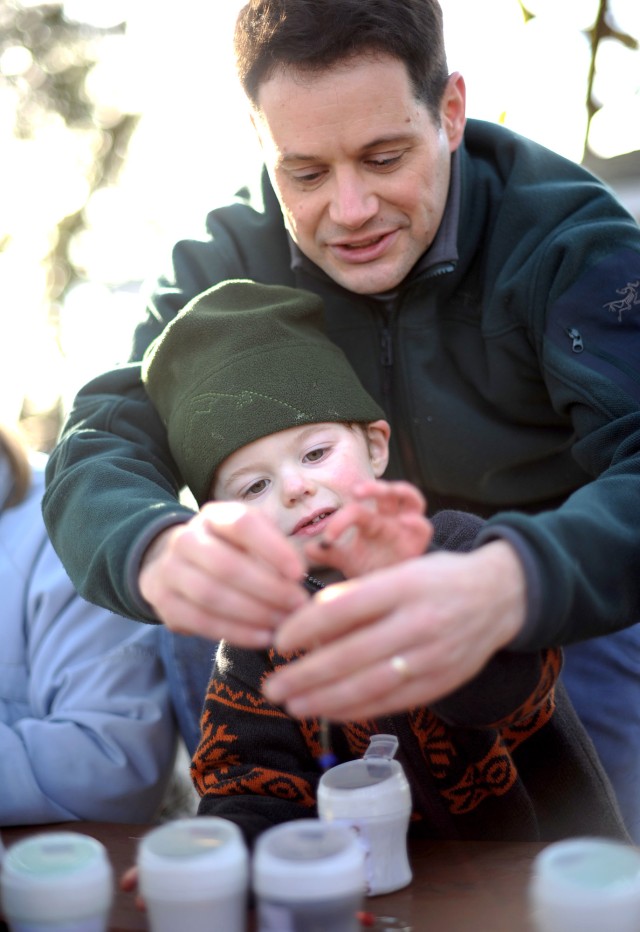

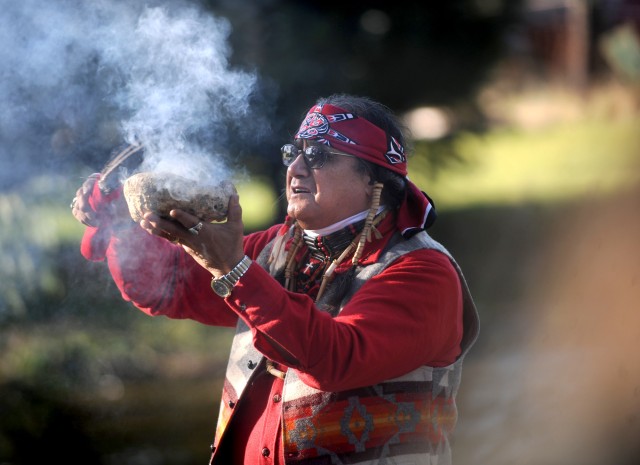








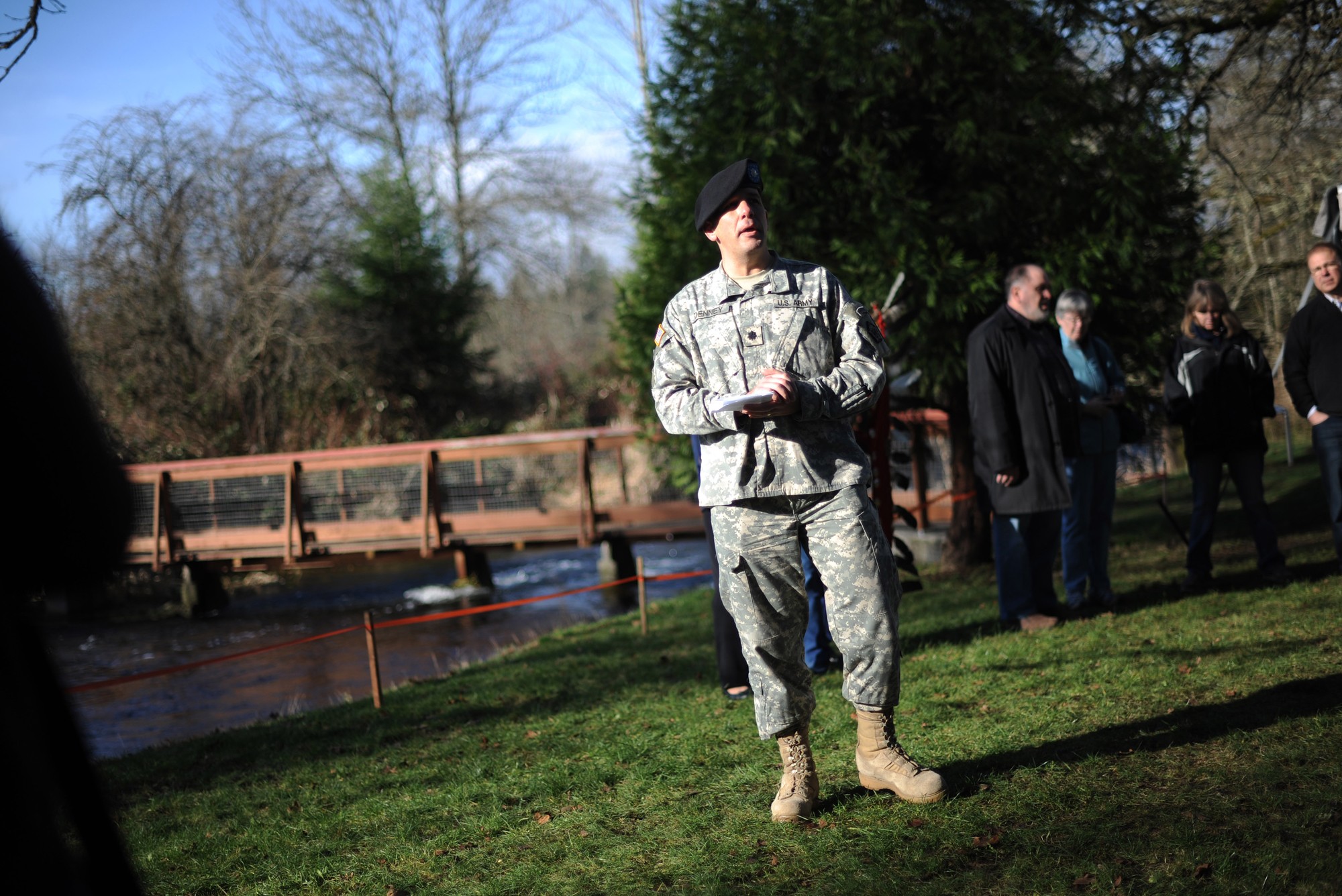
Social Sharing